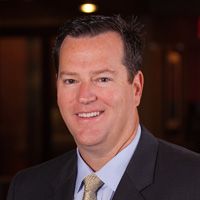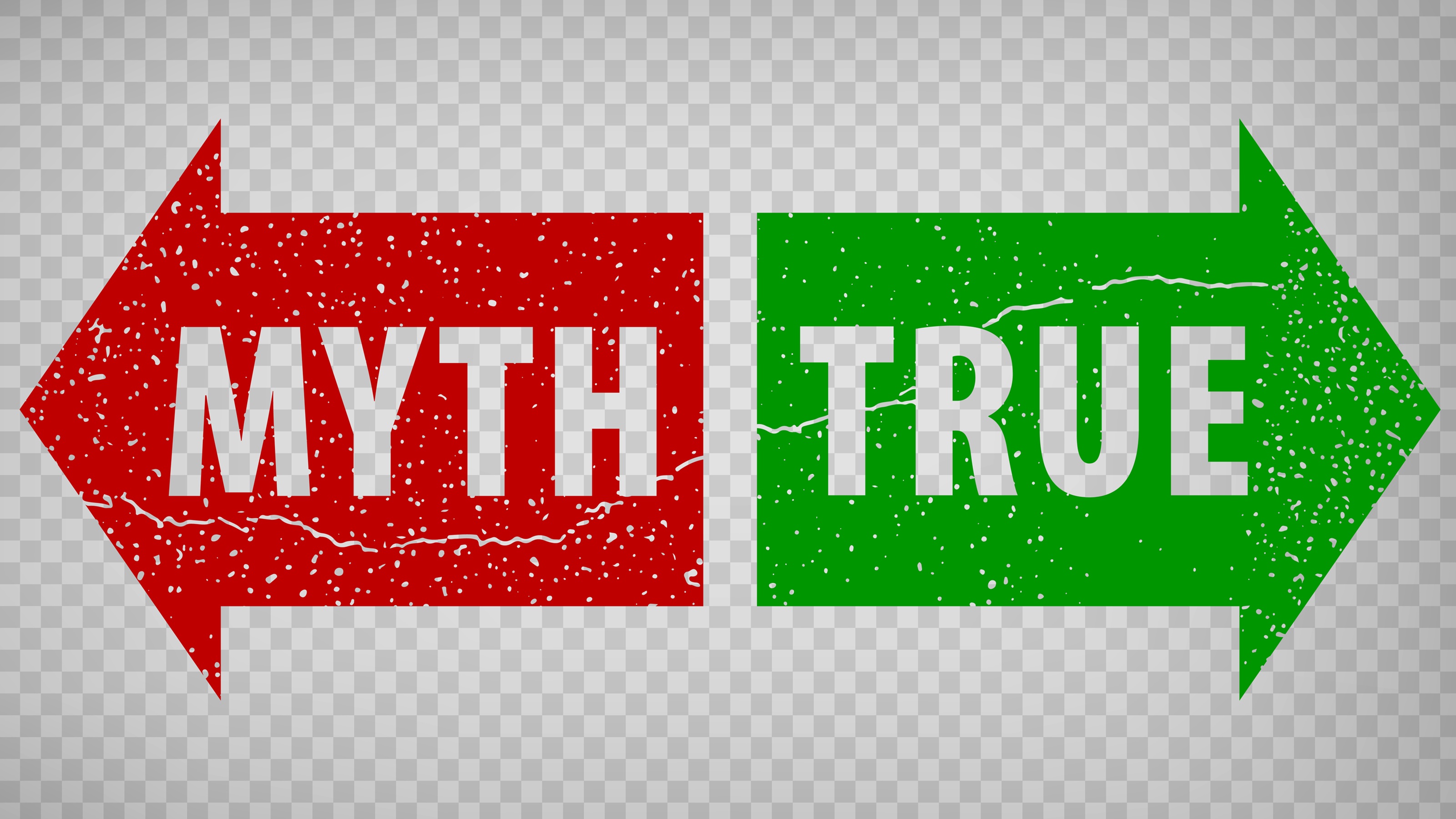Your DIY Retirement Plan Could Be Saved by a Second Opinion
Even if you think you have your plan all nailed down, complete with detailed spreadsheets and an inflation buffer, there may be something you're missing.


It’s often reported that Baby Boomers are unprepared for retirement. But that isn’t always the case.
Some people go to great pains to create elaborate retirement plans, often using Excel spreadsheets to organize their data and plot out the next 20 or 30 years.
The good thing about Excel is you can keep calculating and editing your plan until you get the results you’re after. The bad thing is people sometimes have way too much confidence in the numbers they come away with.
From just $107.88 $24.99 for Kiplinger Personal Finance
Be a smarter, better informed investor.

Sign up for Kiplinger’s Free Newsletters
Profit and prosper with the best of expert advice on investing, taxes, retirement, personal finance and more - straight to your e-mail.
Profit and prosper with the best of expert advice - straight to your e-mail.
They don’t know what they don’t know.
Why a Spreadsheet Isn’t a Plan
We recently had a couple — both age 62 — come into our office looking for a second opinion on their plan. The husband was pretty satisfied he had everything under control. He’d built a plan using Excel that would allow them to take $100,000 in income every year.
Together, they would have $2,600 a month coming from Social Security, or $31,200 annually. That left them with a gap of $68,800, which they planned to take from an IRA now worth $1.8 million.
“If I can make 7% a year on that account,” the husband said, “it will grow, and we’ll never run out of money.”
After years of giving financial advice, I’ve learned people often have holes in their plans — things that are pretty essential that they don’t even think of. So, I asked them some questions to help clarify what they were trying to accomplish and to point out some possible problems.
Oops: You Forgot Something
The first thing I asked was if the $100,000 they planned to live on every year was before or after taxes.
That was significant. Their $1.8 million nest egg was all in an IRA, so it would be 100% taxable when they took it out. Those annual withdrawals could bump them into a higher tax bracket, making 85% of their Social Security subject to income tax.
They hadn’t thought of that, so moving forward, we’d have to adjust for taxes.
Next, I asked if they had assumed any kind of an inflation rate, because their expenses would grow over time as costs went up. They had.
Finally, I asked if they planned to maintain the exact same asset allocation throughout retirement. Yes, they did. Their asset allocation was 65% stocks, 30% bonds and 5% cash. It was working for them, and they didn’t see any reason to change.
Our team gathered their statements, and at the next meeting, I presented the findings of our analysis. We use Morningstar software, which produces a “Snapshot” that offers valuable statistics on a portfolio as well as the past 10 years of returns.
The couple’s 10-year average return on their portfolio was 6.9%, so they were right on target with their projection. But there were definitely some issues they hadn’t considered.
Spotting the Problem: Risk
Have you ever looked at an X-ray with your physician? She puts it up on the lightbox, and says, “Oh, that’s the problem right there,” but all you see is different shades of gray? That’s how it is with a retirement analysis: Your adviser can see things you might not notice or think about.
And on this couple’s Snapshot, what jumped off the page at me was a statistic called R-squared — a measure of the correlation of a portfolio’s returns to a benchmark’s returns. In this case, the benchmark was the S&P 500, and the R-squared was 96.38. The movement of the S&P 500, which is an all-stock index, was going to predict 96.38% of the movement of this portfolio, even though it had 30% bonds and 5% cash.
Why? What we’ve seen in the past few years is that stocks and bonds have tended to move more in lockstep than in the past. As people try to wean off the stock market by moving to bonds, they’re still taking on risk — it’s just risk of a different color.
And that’s a point we almost always have to make with prospective clients who have been working on their own: You can’t choose what kind of stock market shows up when you retire. No one can. (See Guggenheim’s DOW Jones Historical Trends Chart.)
I showed the couple that if their money earned 7% consistently and they took out the $100,000 they wanted each year, their $1.8 million 10 years later would grow to $2,189,160. They were right — their IRA would easily provide for the lifestyle they planned for.
But if their money was in the stock market in a period similar to 2000 to 2010, that same $1.8 million — minus the income they needed to support their lifestyle — would drop to $779,610. That’s a difference of $1,409,550.
That’s called sequence of returns risk: When the markets are volatile and you’re taking money out, it’s difficult to recover from a loss. And even though everyone knows the market has its ups and downs, many people fail to plan for the possibility that it could affect them.
The Bottom Line
When you take income in retirement, you really need to get it from sources that aren’t dependent on the market. With CD rates so low and cash equivalent accounts paying nothing, a fixed or fixed index annuity can help by providing consistent income without the market risk.
Returns are never linear. That is why it helps to have a professional who can guide you to and through your planning.
A DIY spreadsheet can be a great start to a retirement plan. But without some advice from an experienced specialist, it also could lead to an unhappy ending.
Kim Franke-Folstad contributed to this article.
Ed Slott’s Elite IRA Advisor Group (“Ed Slott”) is a membership organization. Qualifying criteria includes payment of annual dues and attendance of workshops. Membership with Ed Slott in no way implies that Eric Peterson is an IRA distribution expert. Ed Slott is not affiliated with Peterson Financial Group.
Profit and prosper with the best of Kiplinger's advice on investing, taxes, retirement, personal finance and much more. Delivered daily. Enter your email in the box and click Sign Me Up.

Eric Peterson is a Registered Financial Consultant (RFC) and founder of the Peterson Financial Group. He is the author of "Preparing for the Back Nine of Life: A Boomer's Guide to Getting Retirement Ready."
-
 Stocks Rise to End a Volatile Week: Stock Market Today
Stocks Rise to End a Volatile Week: Stock Market TodayThe market's fear index reached and retreated from a six-month intraday peak on Friday as stocks closed the week well.
-
 Kiplinger News Quiz, Oct 17 — Longest Government Shutdown?
Kiplinger News Quiz, Oct 17 — Longest Government Shutdown?Quiz We covered stories about the shutdown, Medicare and vehicle recalls this week, but why? Test yourself on the latest financial and business news.
-
 Treat Home Equity Like Other Investments in Your Retirement Plan: Look at Its Track Record
Treat Home Equity Like Other Investments in Your Retirement Plan: Look at Its Track RecordHomeowners who are considering using home equity in their retirement plan can analyze it like they do their other investments. Here's how.
-
 Why Does It Take Insurers So Darn Long to Pay Claims? An Insurance Expert Explains
Why Does It Take Insurers So Darn Long to Pay Claims? An Insurance Expert ExplainsThe process of verification, investigation and cost assessment after a loss is complex and goes beyond simply cutting a check.
-
 Two Reasons to Consider Deferred Compensation in the Wake of the OBBB, From a Financial Planner
Two Reasons to Consider Deferred Compensation in the Wake of the OBBB, From a Financial PlannerDeferred compensation plans let you potentially lower your current taxes and help to keep you out of a higher tax bracket. It's important to consider the risks.
-
 Financial Fact vs Fiction: The Truth About Social Security Entitlement (and Reverse Mortgages' Bad Rap)
Financial Fact vs Fiction: The Truth About Social Security Entitlement (and Reverse Mortgages' Bad Rap)Despite the 'entitlement' moniker, Social Security and Medicare are both benefits that workers earn. And reverse mortgages can be a strategic tool for certain people. Plus, we're setting the record straight on three other myths.
-
 The End of 2%? An Investment Adviser's Case for Why the Fed Should Raise Its Inflation Target
The End of 2%? An Investment Adviser's Case for Why the Fed Should Raise Its Inflation TargetYes, inflation can be tough on those living on fixed incomes, but protecting us from it too strictly could do our overall economy more harm than good.
-
 Medicare Open Enrollment: Why You Need to Pay Extra Attention to Part D, From a Financial Adviser
Medicare Open Enrollment: Why You Need to Pay Extra Attention to Part D, From a Financial AdviserThe lowest premium for prescription drug coverage might not actually save you the most money. Make sure you take copays into consideration and do the math.
-
 How the One Big Beautiful Bill Will Change Charitable Giving
How the One Big Beautiful Bill Will Change Charitable GivingTaxpayers who don't itemize will be able to take a bigger deduction for donations, which could boost giving. However, high-income donors could see their tax benefits reduced.
-
 A 'Fast, Fair and Friendly' Fail: Farmers Irks Customers With Its Handling of a Data Breach
A 'Fast, Fair and Friendly' Fail: Farmers Irks Customers With Its Handling of a Data BreachFarmers Insurance is facing negative attention and lawsuits because of a three-month delay in notifying 1.1 million policyholders about a data breach. Here's what you can do if you're affected.